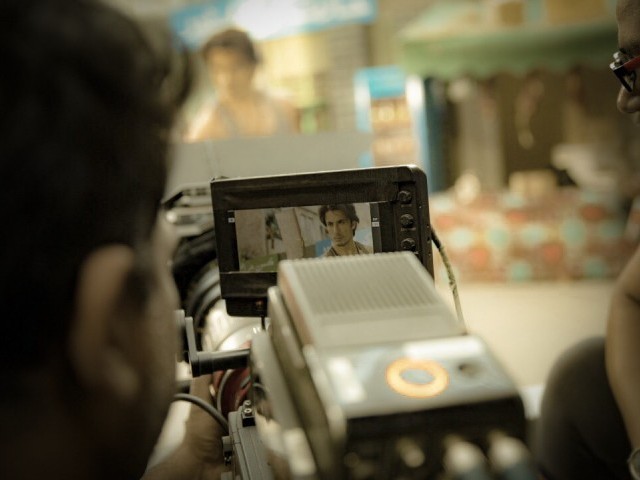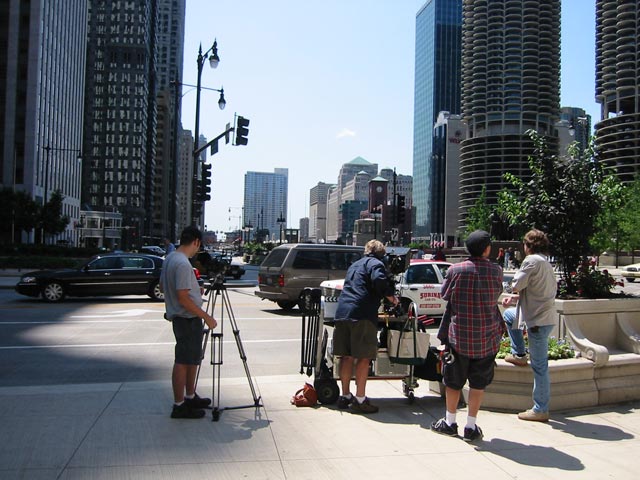Filming with the iPhone and Android Smartphone
October 1, 2018

1. landscape format!
“What good are all the settings and utensils if you’re too stupid to hold the thing horizontally …” remarks our reader Felix on Google Plus to our first video article. So please: keep your smartphone horizontal! Because most televisions and players on websites are still built in landscape format. And the eyes lie also beside and not among themselves.
2. people make it personal
If you don’t want to compete with BBC reports, you shouldn’t just show cities and landscapes. The fellow travellers want to see themselves, and other viewers the relatives and acquaintances they know. But please don’t keep your face in the lens all the time: The right measure does it.
3. calm blood, keep calm
Firstly, shaky hands are unfavourable. This can be reduced by leaning on something. Secondly, you should not fidget around. Discipline and reflection help: What do I actually want to film? And what do I want to film next? And shouldn’t I rather stand still than stumble around?
4. skilful panning
Closely related to this: to take a skilful pan. The original image and the final image should “stand” for a few seconds, be well-chosen and normally not be too far apart. Otherwise you turn too fast or the scene becomes too long. You should also decide on a line (for example from top to bottom) and not change direction.
5. repetition makes the master
When taking a landscape picture, you have panned from left to right and you don’t hit the target right away? Then we like to try the scene again and again. Of course we only cut the best take into the video.
The important objects all seem a bit underexposed? Well, then we just have to intervene. In most camera apps you tap on the main object, which is then focused and appropriately exposed. If the brightness doesn’t fit in iOS yet, you can pull the sun up or down. Just don’t exaggerate! The correction is even better with apps that specialize in (semi)professional video recording (see also next page). They show a better orientation with various tools, whether the exposure is right.
6. do not leave the image composition to chance
The rules of photography partly also apply to filming. Thus, according to the rules of the golden section, the main figures can be positioned somewhat offset from the center. And the foreground makes the picture healthy – in other words: with a little depth staggering, the picture appears less flat.

7. sharpening shift like in professional productions
If you come close to the foreground (e.g. a flower), you will get a blurred background even with the small sensor of a smartphone. Now you can shift the focus from the front to the back during the recording. So first the foreground is sharp, then the background. This works best with a professional video app like FiLMiC Pro. If it succeeds, it is a great design tool!




